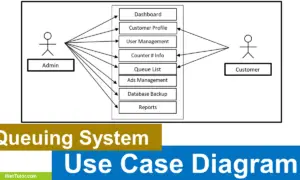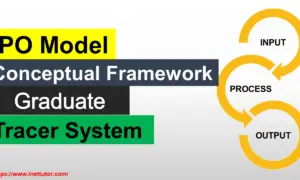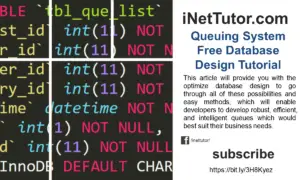Property Management Conceptual Framework
This article will walk you through the process of developing a conceptual framework for the capstone project Property Management with Content Management. For the conceptual framework of this inquiry, the input, process, output (IPO) model was adopted.
About the Project
Table of Contents
The project entitled property management with content management was designed and developed in PHP and MySQL. The said tools are the most famous programming environment to develop a web or online based projects. Currently, the company is using a static website to provide their customers the information they needed. The problem with static website is that every time you add or modify the content, you need to change and update the code base or source code. This method can only be done by individuals who have knowledge on coding or programming. With this kind of scenario, the company decided to make an improvement on their current system.
Objectives of the Study
- To develop a web-based system that will provide easy property management system flow in terms of maintaining and managing of all properties.
- To develop a web-based system that will speed up the generation of property records.
- To incorporate a content management system to the project
Conceptual Framework Diagram
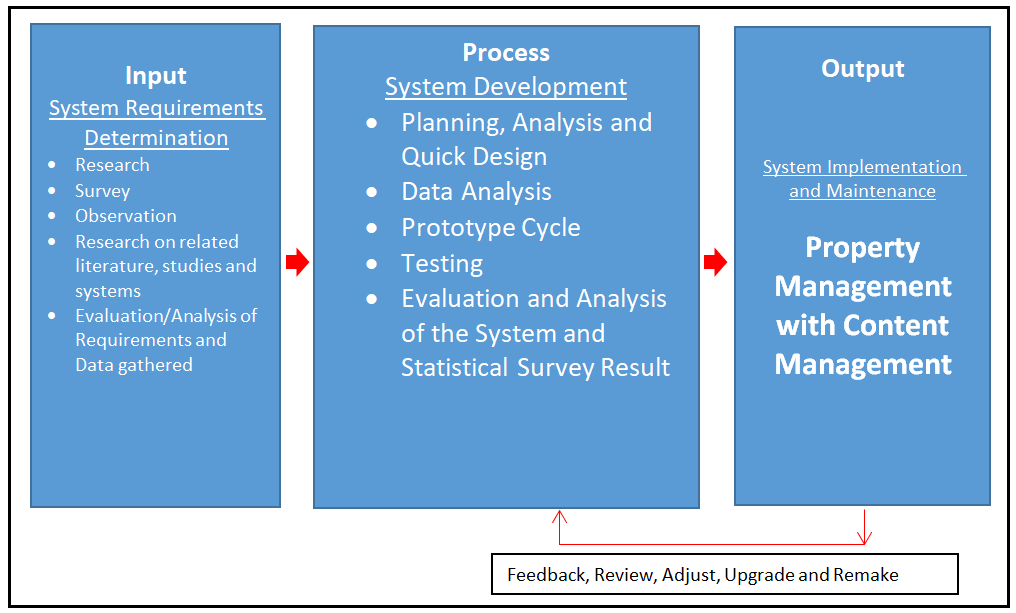
The image above is the conceptual framework of the project entitled Property Management with Content Management. It is based on IPO model or also known as the input, process and output model.
Input
This part of the conceptual framework is also known as the System Requirements Determination or Definition. The Input phase of the model includes the following activities:
- Research
- Survey
- Observation
- Research on related literature, studies and systems
- Evaluation/Analysis of Requirements and Data gathered
A property management system (PMS) is a software application that helps property managers in the hospitality industry to manage their daily operations. A PMS typically includes modules for reservations, guest check-in/check-out, housekeeping, and accounting.
The user requirements phase is the first phase of the software development process, during which the team determines the needs of the users of the system. In order to develop a successful PMS, it is important to understand the needs and wants of property managers.
In order to gather user requirements, it is important for the development team to engage with property managers early in the project. Property managers should be asked their opinion on a variety of topics, such as the system’s interface and functionality.
Once the team understands the needs of property managers, they can begin to create user requirements documents. These documents should include detailed descriptions of the system’s features, as well as user experience testing results.
It is important for the development team to keep the user requirements phase flexible, in order to accommodate the changing needs of property managers. The system should be designed in a way that allows for easy updates and enhancements.
Overall, it is important for the development team to understand the needs of their target users before beginning work on a PMS. By doing so, they can create a system that is both functional and user-friendly.
Process
This is the part where the researchers will select and choose the best software development life cycle model that will fit for the project.
Analysis and Quick Design
During Analysis and Quick Design, the researchers did a personal interview with the respondents and the chosen client where the study was conducted. The respondents were given the chance to suggest how the Pet Shop Management System will be designed. After conducting the data gathering, the researchers made an initial design for the proposed system which is the Pet Shop Management System.
Data Analysis
The researchers will analyse all the data, user requirements and information. This phase also help the researchers to have an idea on how to create the system and have an idea on how the Property Management with Content Management would be beneficial to the clients.
System Design
The researchers will start to develop the Property Management with Content Management. It includes the design; how the system would look like based on user requirements, and the researchers/programmer will apply their knowledge on programming and design to make the system more interactive and user friendly.
Prototype Cycle
This stage will include the compiling, building, demonstration also refinement of the data gathered by the researchers. The researchers first build a prototype based on the planed design and data tables. After building the prototype it will be demonstrated to the client. The researchers show the function of the system, the flow on how it works, and the functions of the features that are included in the system. The last stage is refinement where in the researchers will refine the system by client’s additional needs. This will include changes in features flow and functions based on the requirements.
Testing
This will include the feed backing of the proposed system after it will be implemented and had undergone testing by three Experts. It will also inform the researchers and the developer if there are any bugs, suggestion and if the system’s functionality will works well.
This will discuss the results of the testing wherein Three (3) Experts will evaluate the propose system. This will also discuss if the recommended functions and suggestion are met.
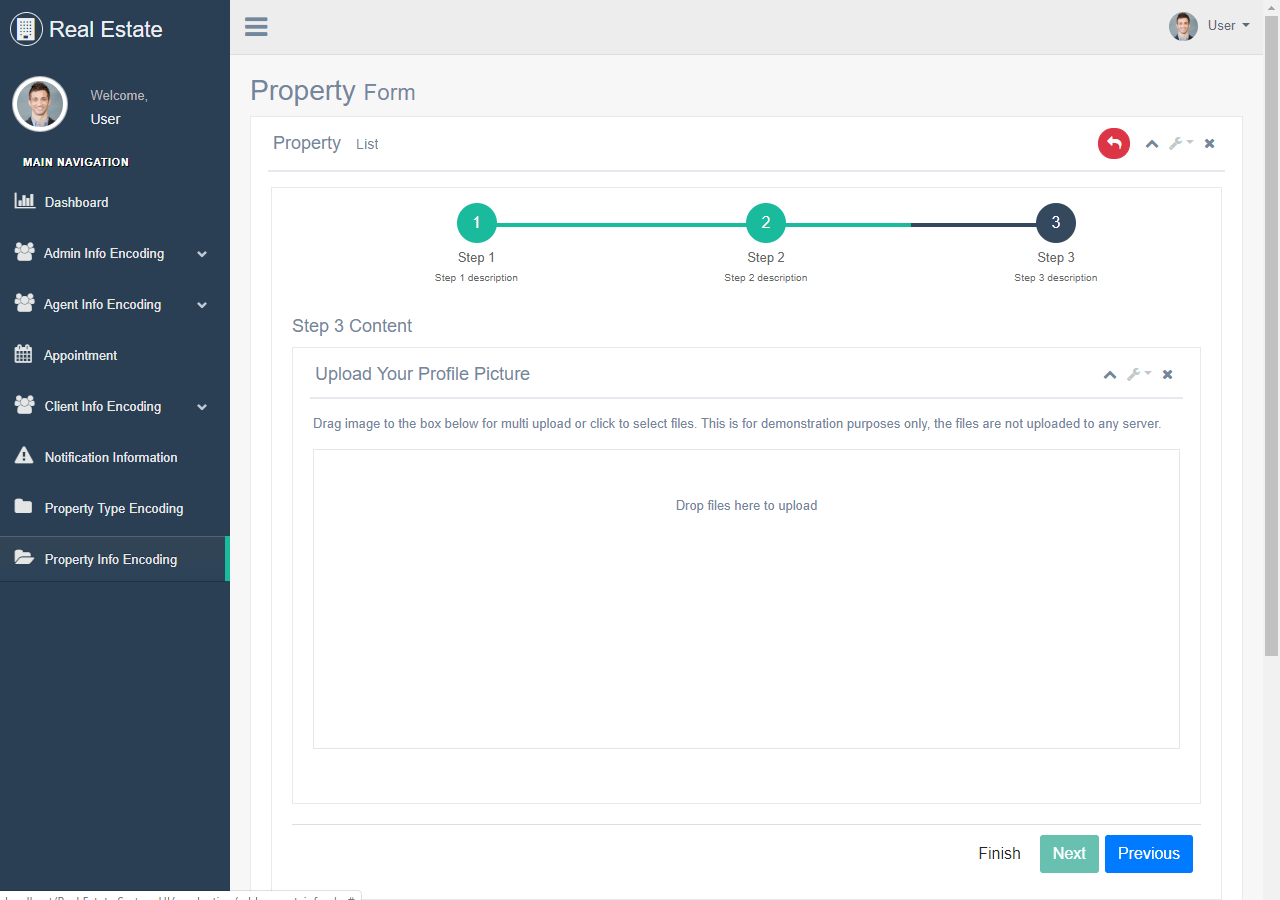
Output
After all of the necessary procedures have been completed, the project is brought to life and implemented in the real world. A new project is born and will be maintained to ensure the initiative’s long-term survival. Property owners will benefit from Property Management with Content Management if it is implemented and maintained.
A property management system is a software application that helps landlords and property managers to automate most, if not all, aspects of their business. It can help to save time and money, as well as improve organization and communication.
Some of the advantages of using a property management system include:
- Automation of time-consuming tasks. A property management system can automate many tasks, such as billing and recordkeeping. This can save time for landlords and property managers.
- Improved communication and coordination. A property management system can help to improve communication and coordination between landlords and tenants, as well as between different departments within a landlord’s or property manager’s business.
- Improved organization. A property management system can help to improve organization and reduce the risk of data loss. This can save time and money for landlords and property managers.
- Reduced bureaucracy. A property management system can help to reduce the amount of paperwork that is required by landlords and property managers, which can save time and money.
- Reduced risk. A property management system can help to reduce the risk of fraud and theft, which can save time and money for landlords and property managers.
- Improved customer service. A property management system can improve customer service by automating processes such as billing and recordkeeping. This can help to reduce the amount of time that is required to respond to customer inquiries.
In general, a property management system can assist landlords and property managers save time and money. Additionally, it can enhance coordination, customer service, and communication. As a result, it is frequently suggested to landlords and property managers searching for a productive method to run their businesses.
Summary
The researchers developed the conceptual framework for the investigation using the input, process, output (IPO) model. The input phase includes research, surveys, observations, research on related literature, studies, and systems, and evaluation/analysis of requirements and data collected. The system development technique will be employed during the process phase, which includes Planning, Analysis, and Quick Design, Data Analysis, Prototype Cycle, Testing and Evaluation, and System and Statistical Survey Result Analysis. A new initiative has begun, and it will be nurtured in order to assure its long-term success. Property owners will benefit from Property Management with Content Management if it is implemented and maintained.
Readers are also interested in:
Real Estate Property Management System ER Diagram
85 Best Management System Project Ideas
Real Estate Management System Database Model
You may visit our Facebook page for more information, inquiries, and comments. Please subscribe also to our YouTube Channel to receive free capstone projects resources and computer programming tutorials.
Hire our team to do the project.
